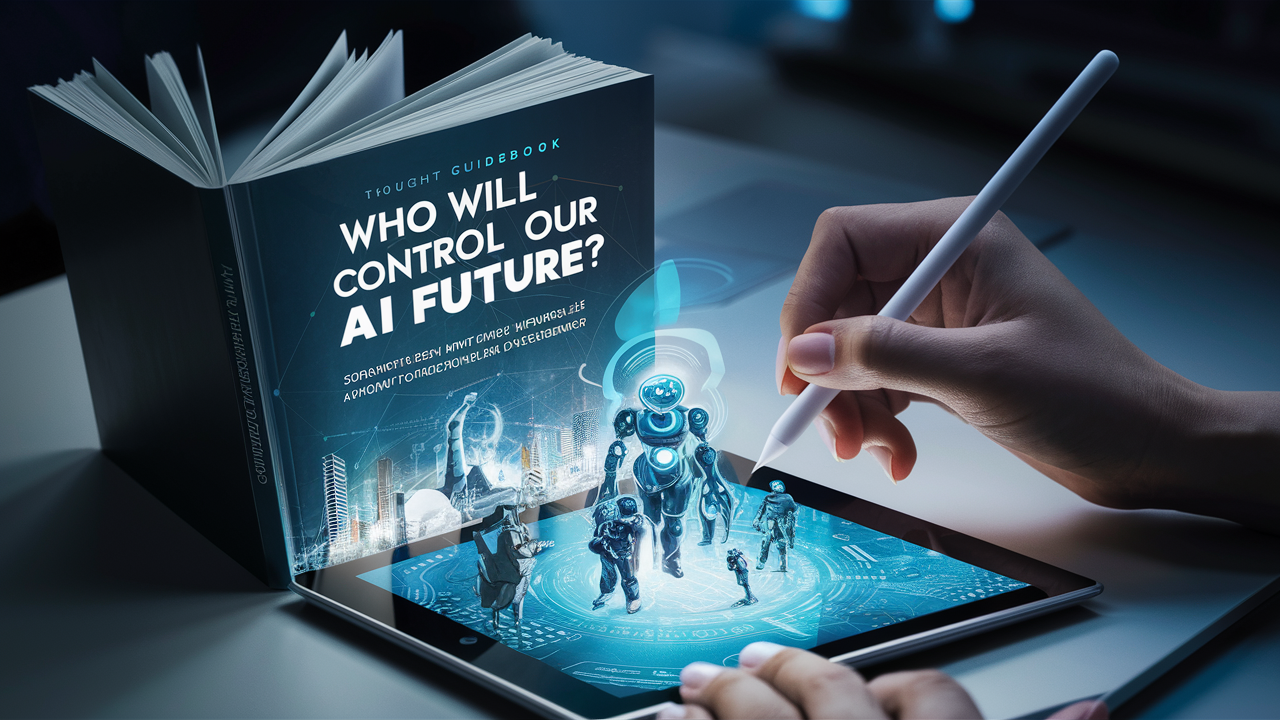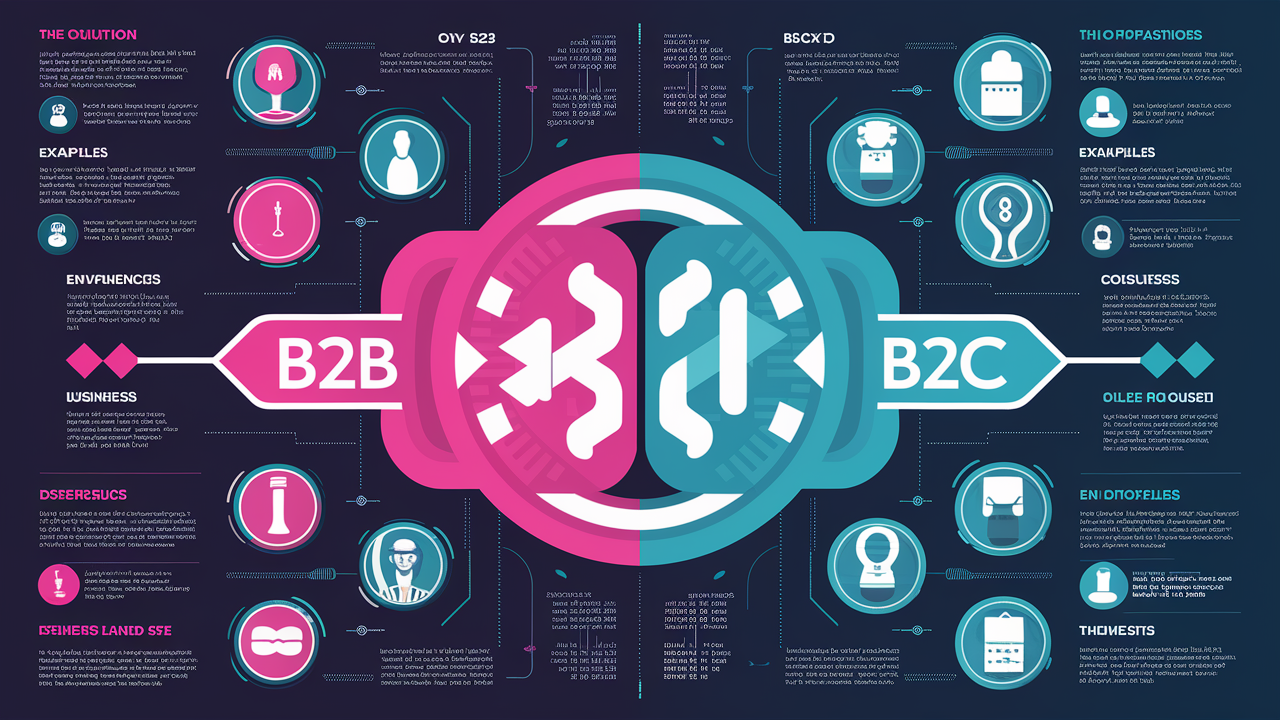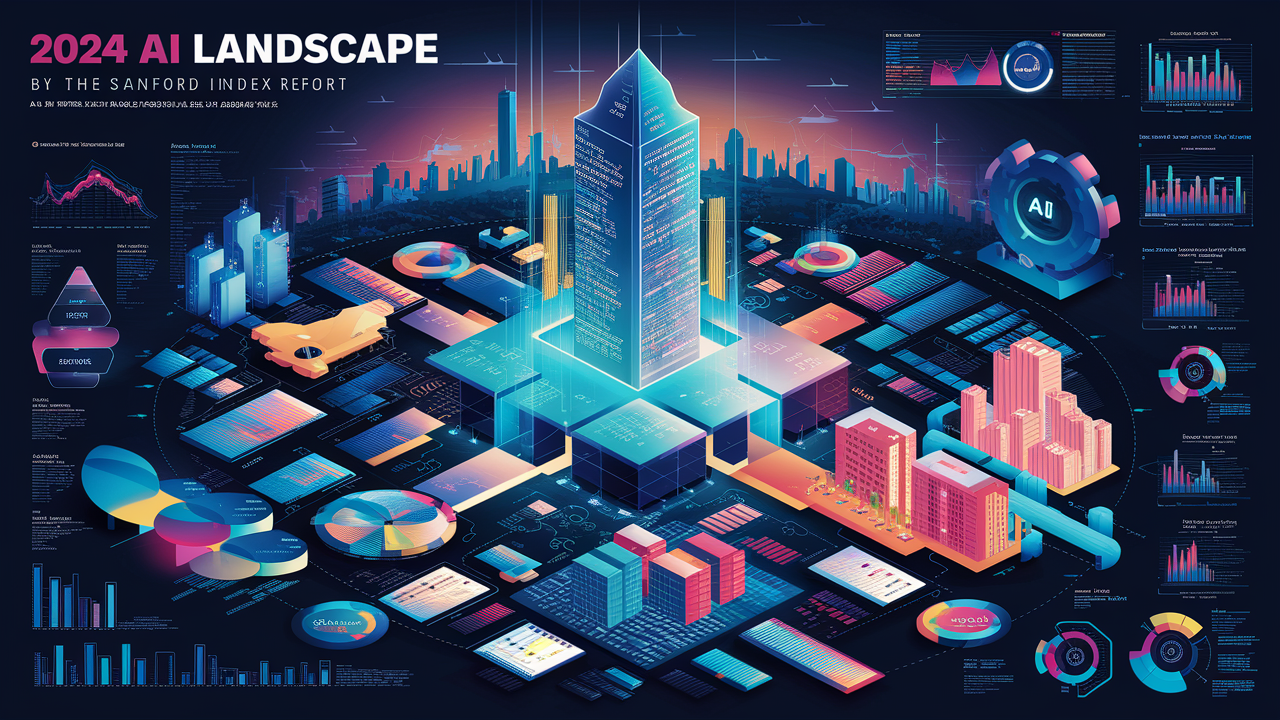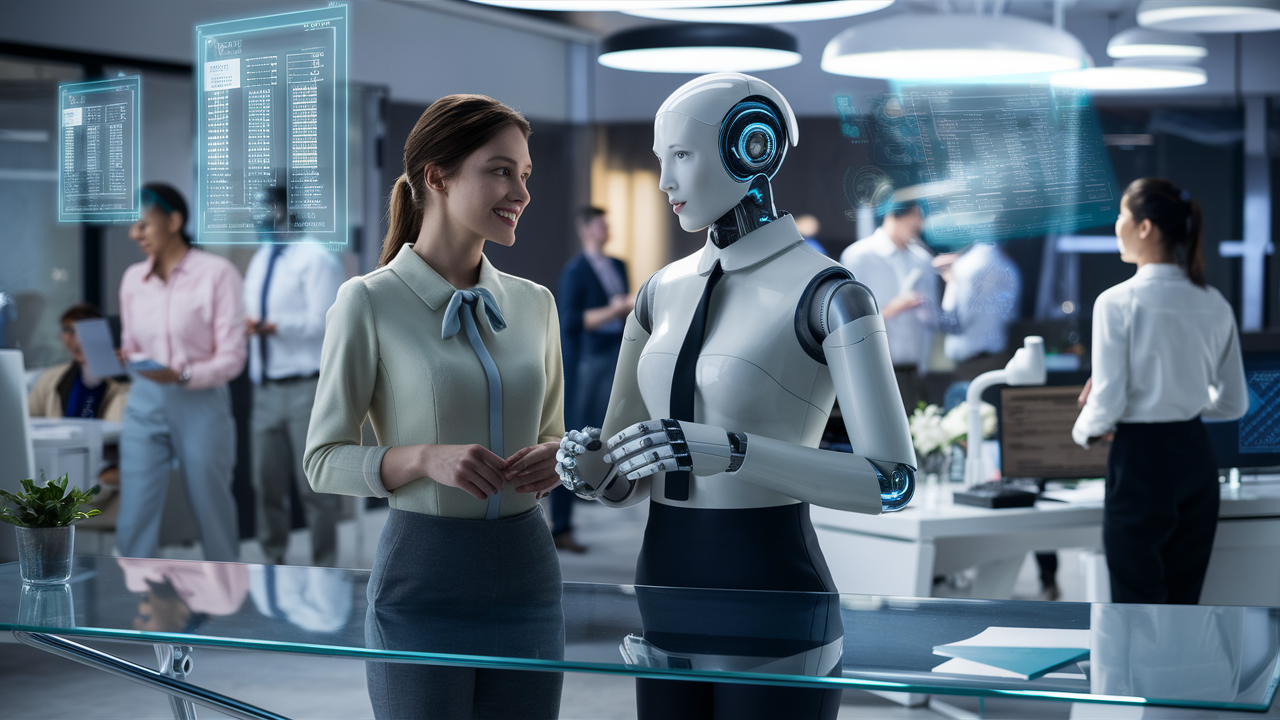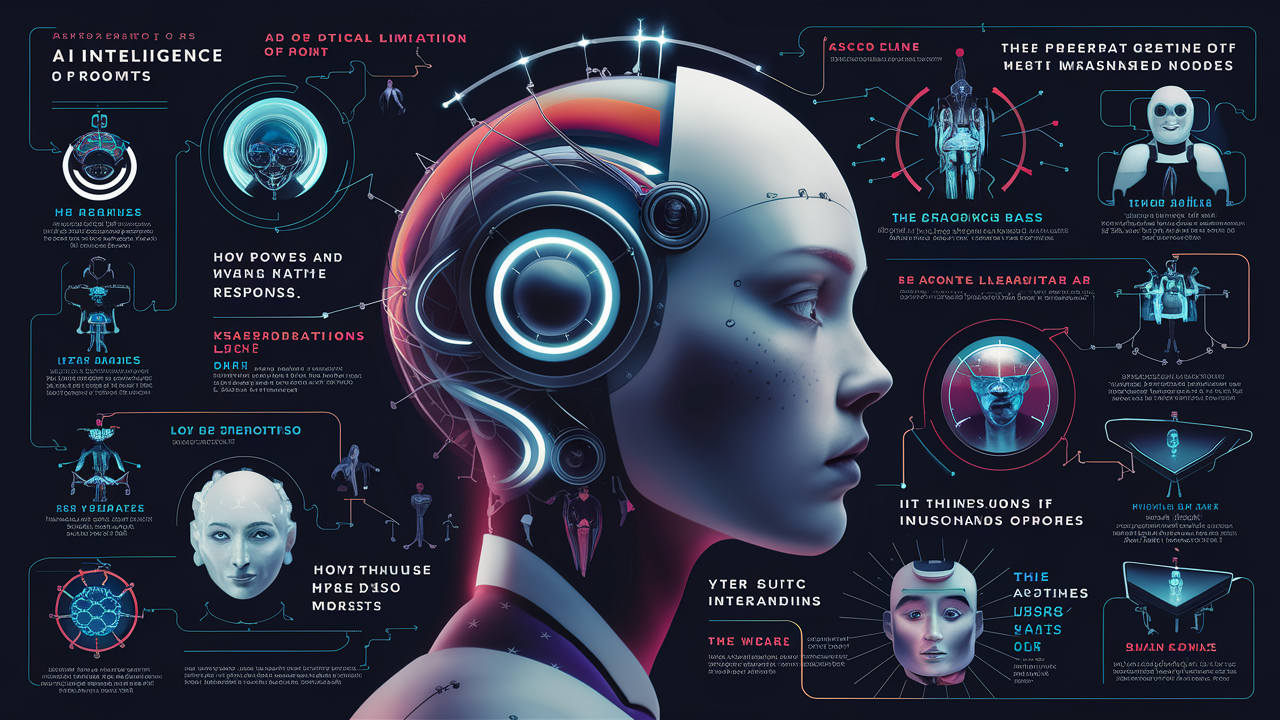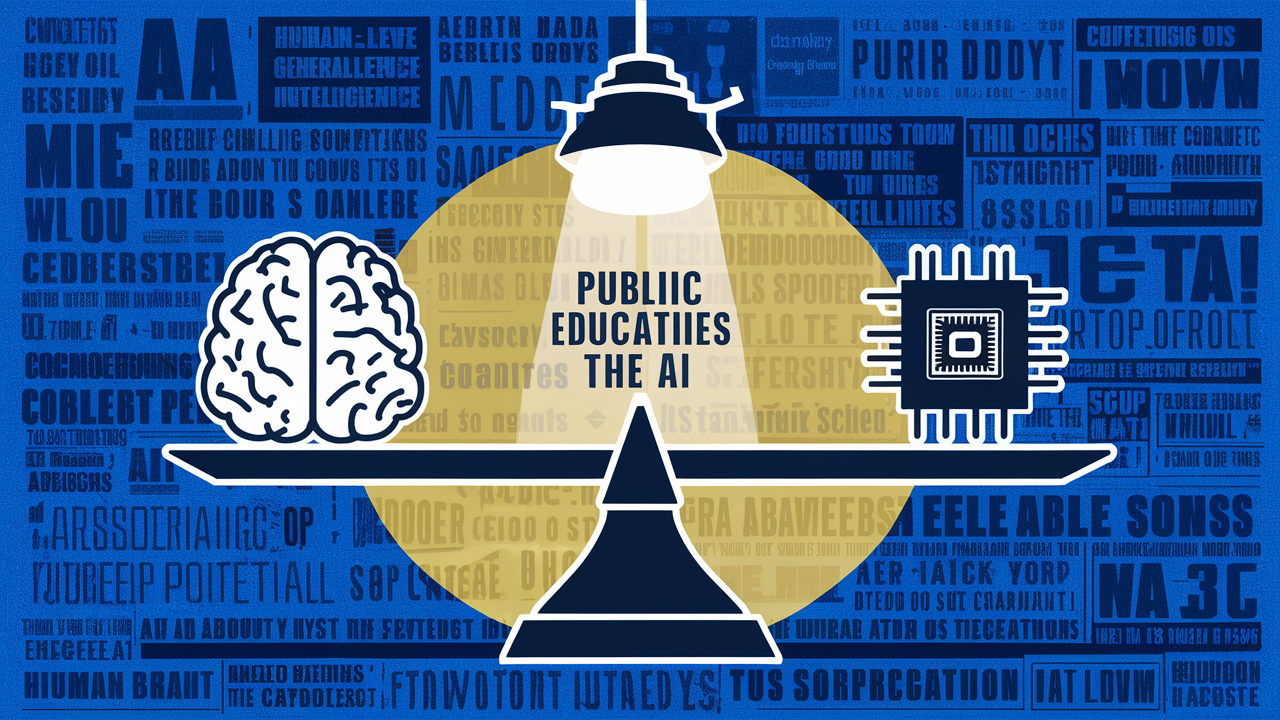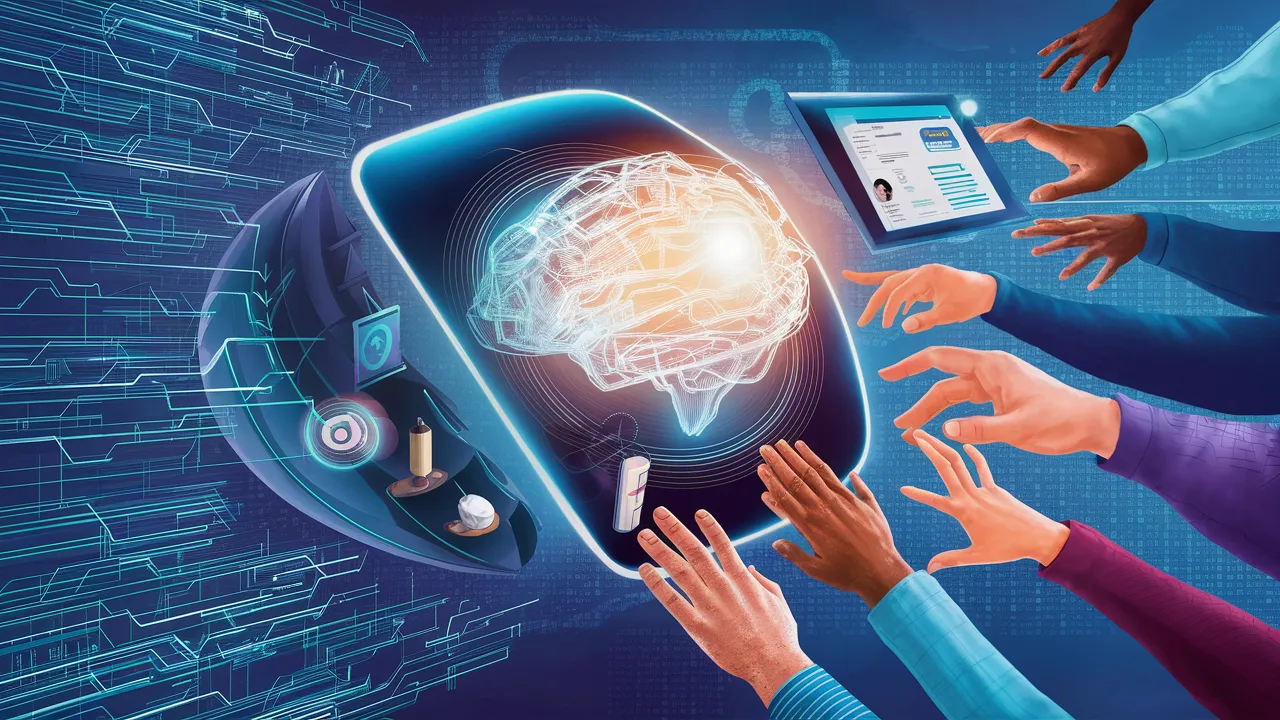
Web-automated attacks pose a growing threat to businesses worldwide. These attacks, often driven by malicious bots and scripts, target vulnerabilities in websites and applications to steal data, disrupt operations, and compromise user accounts.
The consequences of these attacks can be devastating for businesses. They can lead to financial losses through fraud and data breaches, operational disruptions that impact revenue and customer satisfaction, and reputational damage that erodes consumer trust. Furthermore, businesses are increasingly responsible for protecting customer data, as regulatory requirements like GDPR and CCPA impose strict penalties for failing to safeguard sensitive information.
Investing in robust protection against web-automated attacks is not just a matter of security; it's a matter of survival in today's digital landscape. By proactively addressing these threats, businesses can safeguard their assets, maintain operational continuity, and uphold their commitment to protecting customer data. This not only mitigates financial and reputational risks but also fosters trust and loyalty among customers, ultimately contributing to long-term success.
Let's look at some of these threats and how to protect against them:
Credential-Based Attacks
- Credential Stuffing: Attackers leverage lists of breached credentials to attempt logins across multiple sites.
- Protection: Implement robust password policies, multi-factor authentication (MFA), and rate limiting on login attempts. AI can help by detecting abnormal login patterns and identifying compromised accounts.
- Credential Cracking: Automated scripts attempt to guess passwords by trying various combinations.
- Protection: Enforce strong password policies, use password hashing and salting, and implement account lockout mechanisms after multiple failed attempts.
- Token Cracking: Attackers attempt to crack session tokens or JWTs to gain unauthorized access.
- Protection: Use secure token generation methods, short token expiration times, and implement token revocation mechanisms.
Payment Card Fraud
- Carding: Bots test the validity of stolen card numbers by making small purchases or verifying card details.
- Protection: Implement fraud detection systems that monitor transaction patterns and flag suspicious activity. AI can help by analyzing purchase behavior and identifying anomalies.
- Card Cracking: Bots try to guess missing card information (e.g., expiration date, CVV) to use stolen cards.
- Protection: Use strong encryption for storing card data, implement 3D Secure for online transactions, and monitor for suspicious transactions.
Web Scraping and Data Extraction
- Scraping: Bots extract data from websites without permission, potentially for competitive advantage or content theft.
- Protection: Implement rate limiting, CAPTCHAs, and IP blocking to thwart scraping attempts. AI-powered bot detection can help identify and block sophisticated scraping bots.
- Account Aggregation: Tools collect data from multiple user accounts, posing privacy risks and enabling targeted attacks.
- Protection: Educate users about the risks of account aggregation tools, implement strong access controls for sensitive data, and monitor for unauthorized data access.
Denial of Service and Disruption
- Denial of Service (DoS): Bots flood a website with traffic to overwhelm its resources and make it unavailable.
- Protection: Utilize DDoS mitigation services, implement rate limiting, and employ web application firewalls (WAFs) to filter out malicious traffic. AI can assist in identifying and blocking DDoS attacks more effectively.
- Scalping: Bots quickly buy up limited-availability items (e.g., concert tickets, sneakers), preventing legitimate users from purchasing them.
- Protection: Implement bot detection measures, use queuing systems for high-demand items, and consider requiring additional verification for purchases.
Other Automated Threats
- Spamming: Bots send unsolicited messages or comments, often for advertising or malicious purposes.
- Protection: Use spam filters, implement CAPTCHAs for form submissions, and monitor for suspicious activity on your website.
- Account Creation: Bots create fake accounts to spread spam, manipulate reviews, or engage in other malicious activities.
- Protection: Implement CAPTCHAs for account registration, monitor for suspicious account activity, and use email verification to confirm new accounts.
- Vulnerability Scanning: Bots scan websites for known vulnerabilities that can be exploited.
- Protection: Regularly patch your software, conduct vulnerability scans, and use a WAF to protect against known attacks. AI can help prioritize vulnerabilities and suggest remediation measures.
Impact on Businesses
Web-automated attacks, often carried out by bots, are a significant threat to businesses today. These attacks automate malicious activities that target websites and web applications, potentially causing severe damage.
How these attacks can impact businesses:
- Financial Losses: Attacks like carding and credential stuffing can lead to fraudulent transactions, chargebacks, and revenue loss.
- Data Breaches: Scraping and account aggregation can expose sensitive customer data, leading to reputational damage and potential legal liabilities.
- Operational Disruption: Denial of service attacks can render websites and services inaccessible, resulting in lost sales and customer frustration.
- Inventory Depletion: Scalping bots can quickly buy up limited stock, preventing legitimate customers from making purchases.
- Damaged Reputation: Spamming and fake account creation can tarnish a brand's image and erode customer trust.
Understanding these threats is crucial for businesses to implement adequate security measures and protect themselves from the growing risks of web-automated attacks.
AI-Powered Defense Strategies
Artificial intelligence is transforming how we protect against these automated attacks. Here are some key ways AI is being leveraged:
- Anomaly Detection: AI algorithms analyze traffic patterns and user behavior to identify anomalies that may indicate malicious activity. Machine learning models can learn normal behavior and flag deviations, such as sudden spikes in login attempts or unusual data access patterns.
- Behavioral Biometrics: AI-powered systems can analyze user behavior, such as typing patterns, mouse movements, and device usage, to create a unique behavioral fingerprint. This can be used to verify user identity and detect impersonation attempts.
- Bot Mitigation: Sophisticated AI-powered bot mitigation solutions can differentiate between legitimate users and bots based on various factors, including behavior, IP reputation, and device characteristics. This allows for the blocking or challenging of malicious bots while ensuring a seamless experience for legitimate users.
- Threat Intelligence: AI can be used to analyze large volumes of threat data from various sources to identify emerging attack patterns and vulnerabilities. This enables proactive defense measures and faster response to new threats.
- Adaptive Authentication: AI-driven authentication systems can dynamically adjust security measures based on the risk level of a login attempt. For example, a high-risk login might require additional verification steps, such as multi-factor authentication.
The Future of Automated Threat Prevention
The future of automated threat prevention lies in the continuous evolution of AI and machine learning technologies. We can expect to see:
- More Sophisticated Anomaly Detection: AI models will become even better at identifying subtle anomalies and predicting potential attacks.
- Real-Time Threat Response: AI-powered systems will be able to respond to threats in real-time, automatically blocking malicious activity and adapting defenses as needed.
- Explainable AI: AI models will be able to explain their reasoning and decision-making processes, increasing transparency and trust.
- Collaboration and Information Sharing: Organizations will increasingly collaborate to share threat intelligence and best practices, enabling a more coordinated defense against automated attacks.
By harnessing the power of AI, we can build a more secure and resilient online ecosystem, protecting web applications and users from the ever-evolving threat landscape.
https://ift.tt/vF8VuBT
https://ift.tt/xqhI3HG
https://guptadeepak.com/content/images/2024/05/From-Phishing-to-Fraud---AI-to-rescue.webp
https://guptadeepak.weebly.com/deepak-gupta/from-phishing-to-fraud-how-ai-can-safeguard-your-customers
